Jezzine is often praised for its natural beauty, but did you know that the region is also rich in religious sites? As USAID’s Trade and Investment Facilitation (TIF) project is working to raise the profile of the district and improve its tourism offering, we explore a selection of religious sites in Jezzine, including churches, shrines and monasteries.
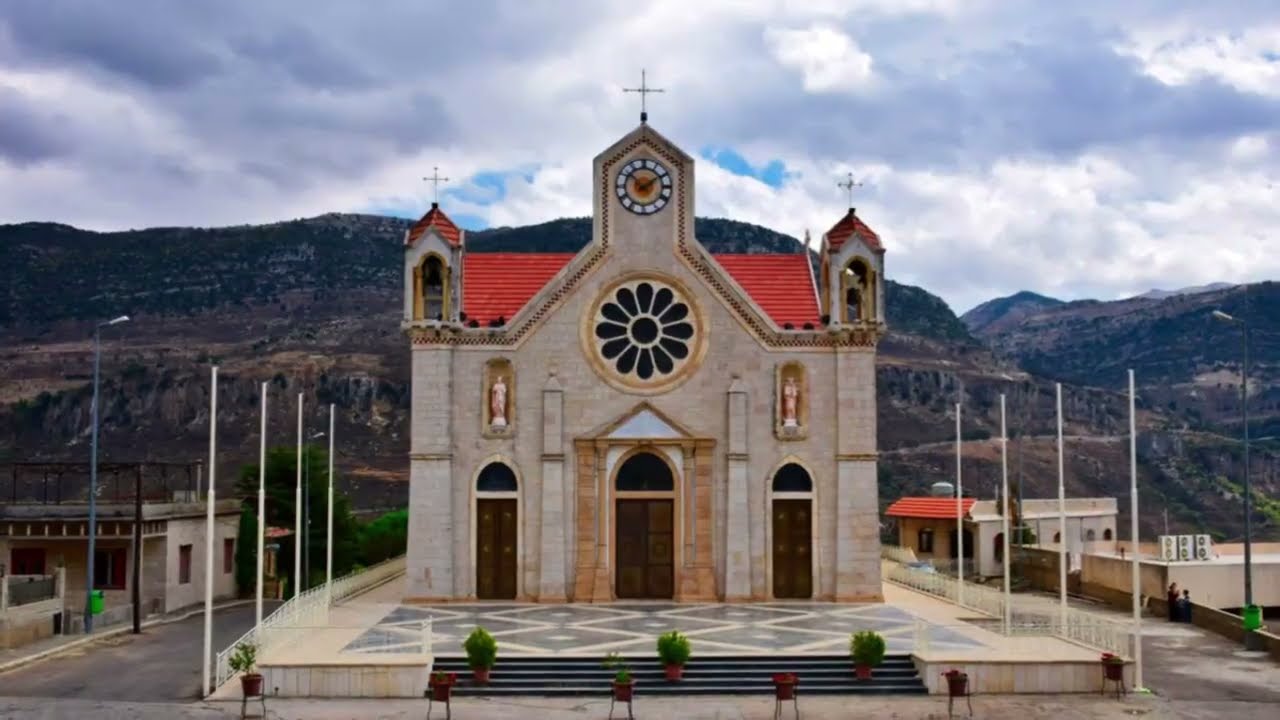 Saint Takla Church – Bkassine
Saint Takla Church – Bkassine
Built in 1909, Bkassine’s Saint Takla Church is a work of art. The awe-inspiring design comprises 24 columns that support a stone dome resembling a cross, showcasing the artistic flair evident in its altars, bells, windows and sacred elements. It is recognized as one of the most renowned religious sites in Jezzine and among Lebanon’s most exquisite churches.
The Savior’s Monastery – Bhannine
While the lower levels of this monastery are considered to be ancient, the current church traces its roots back to 1897. The renovation of the existing monastery and the upper floor took place between 1938 and 1940.
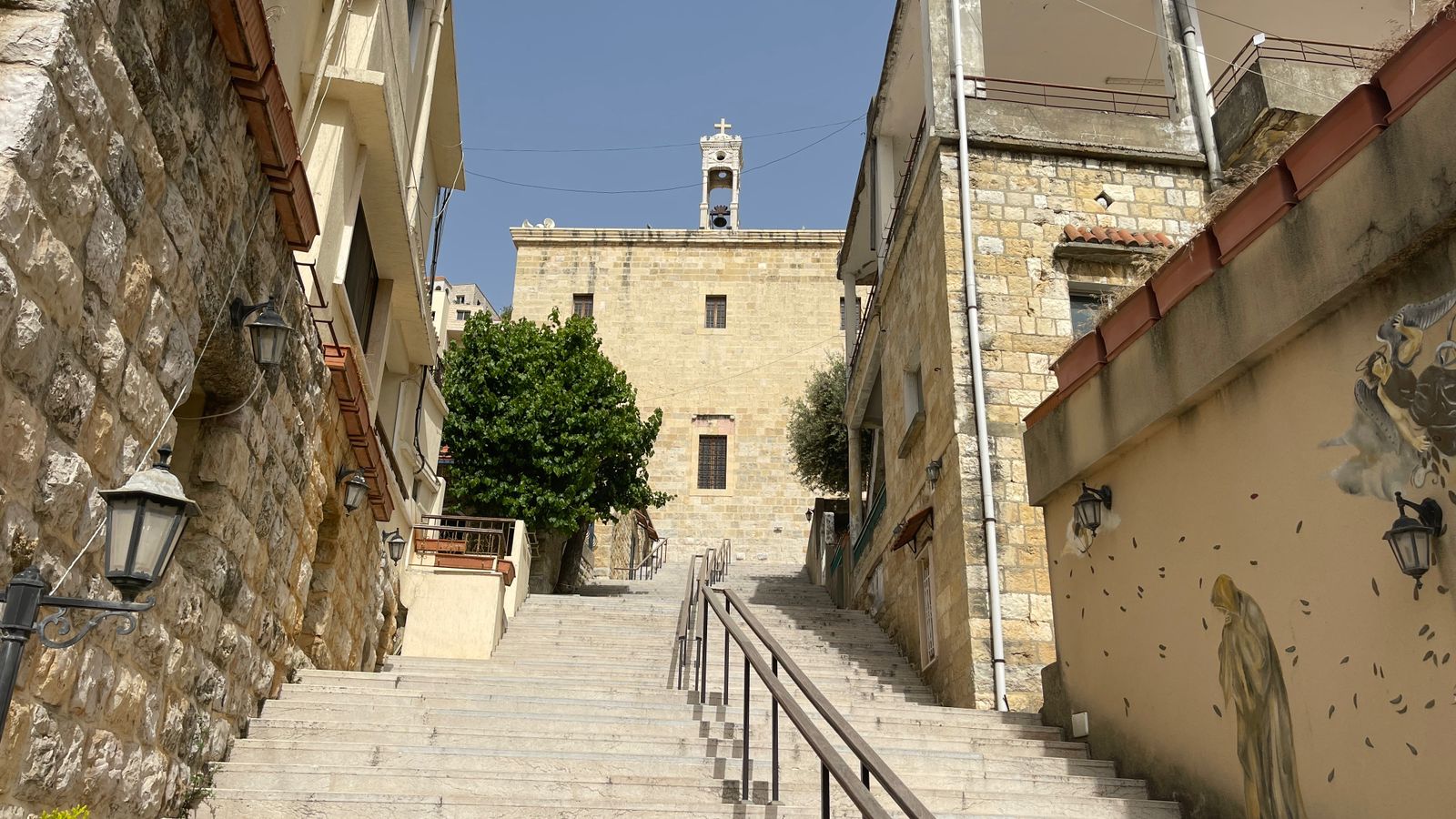
Photo Credit: Elias Chamy
Saint Maroun Church – Jezzine
Originally built in 1732, the church suffered complete devastation due to the powerful earthquake in 1759. Subsequent efforts were made to reconstruct it, but it was destroyed once again after a major fire broke out in 1845. In 1868, the church was rebuilt, and when construction progressed to the point of reaching the ceiling, the residents collaborated by forming a two-kilometer chain to transport stones from the quarry to the church.
Nabih Misha Shrine – Benwati
The shrine honoring Prophet Micah is located atop a hill in Benwati, offering a breathtaking panoramic view of Jezzine and Chouf. Similar shrines devoted to other prophets were also constructed on different mountaintops.
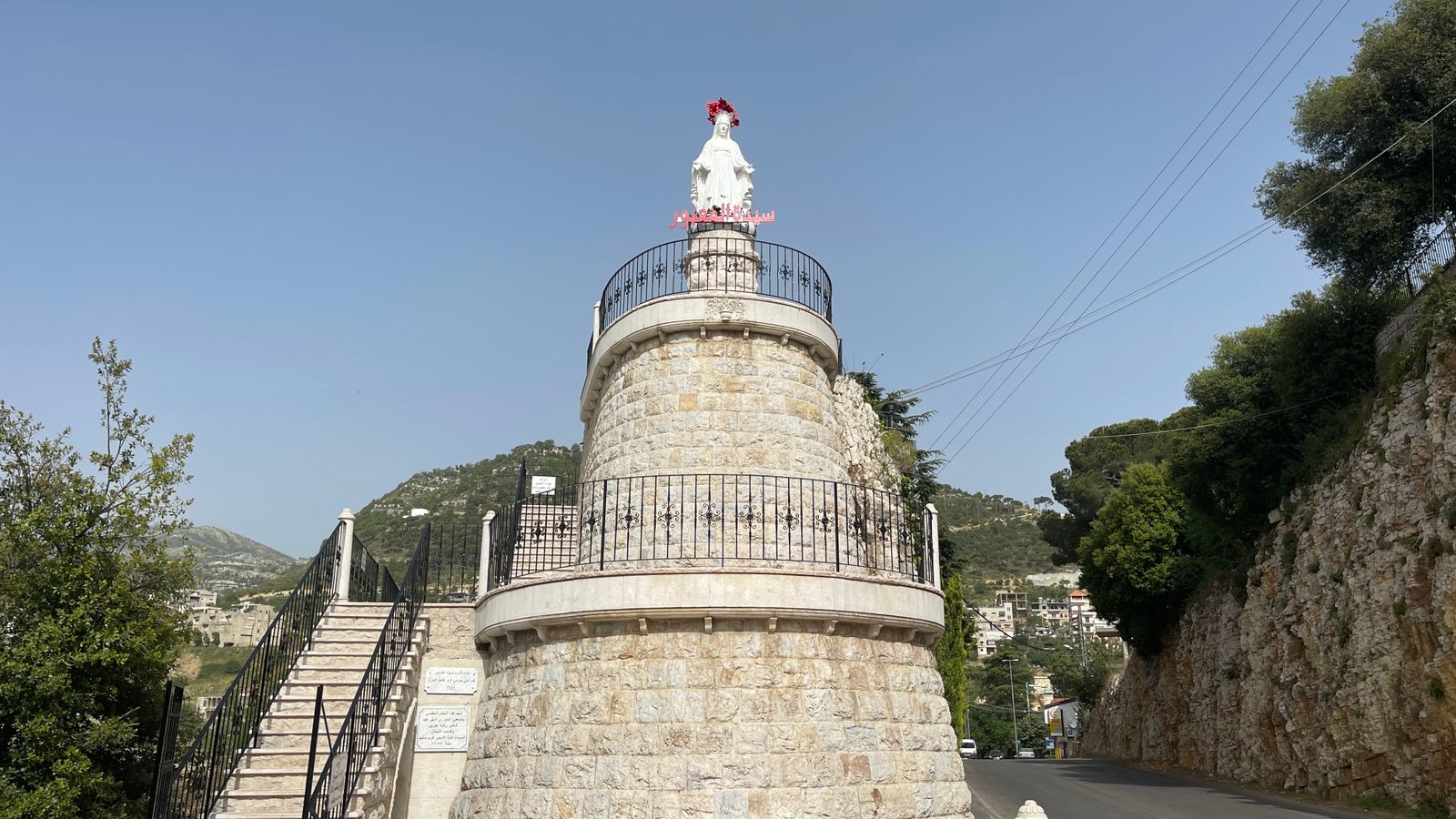
Photo Credit: Elias Chamy
Saydet el Maabour – Jezzine
Crafted with great precision by Youssef Ghossoub, the statue of the Virgin Mary is situated at the western entrance of Jezzine, overlooking Bkassine, Wadi Jezzine, the Bkassine Pine Forest and the waterfall. This statue holds immense religious significance and has evolved into a cultural symbol that plays a central role in the region. In her hand, Mary gracefully clasps the key to the town of Jezzine. The vantage point offers a breathtaking panorama, making it an ideal spot for photos.
Saint John the Baptist Pilgrimage Site – Karkha
According to legend, Saint John the Baptist resided at this place, where he spread the teachings of Christianity. During your visit, you will be captivated by the grandeur of a majestic oak tree that has grown for over three centuries, offering a tranquil spot for reflection. Once you walk down the stairs, which lead to the entrance of Saint John the Baptist’s grotto, you’ll find a stone vessel that was traditionally filled with holy water on June 24, Saint John’s Day, every year.
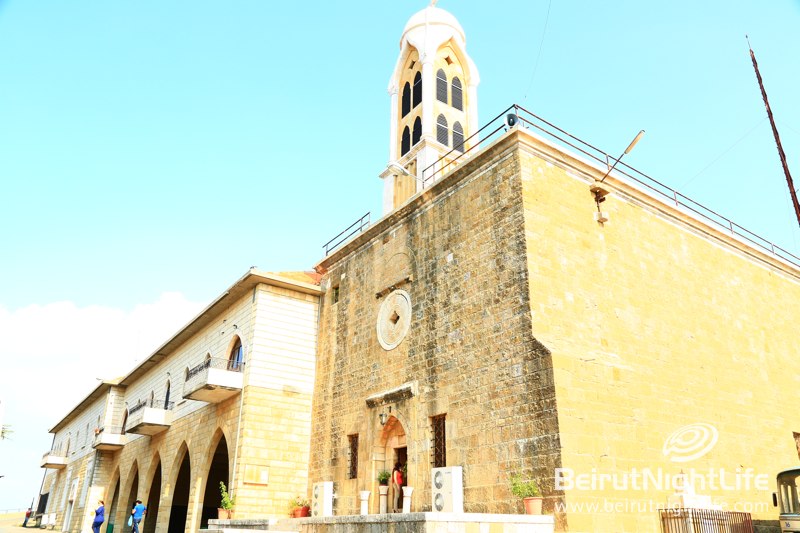 Monastery of our Lady of Machmouche – Machmouche
Monastery of our Lady of Machmouche – Machmouche
Built in 1732, the monastery has survived multiple calamities, including two earthquakes and war. Today, it is a splendid piece of architecture and site of worship. Serving as a school since 1924, there is also a museum that displays artifacts directly tied to monastic life.
Church of Saint John the Baptist – Kfar Jarra
Explore the Byzantine architecture of the Church of Saint John the Baptist, which features an internal vault that reflects the region’s traditional architecture. Village elders believe the church was built in 1555; however, a sign on the door suggests it was constructed 200 years later. Others claim the original church was situated a hundred meters away from the present one, and that it was built in 1536. Whatever the story, the church once contained a cross, chandeliers and lanterns that are said to have been a present from Napoleon himself.
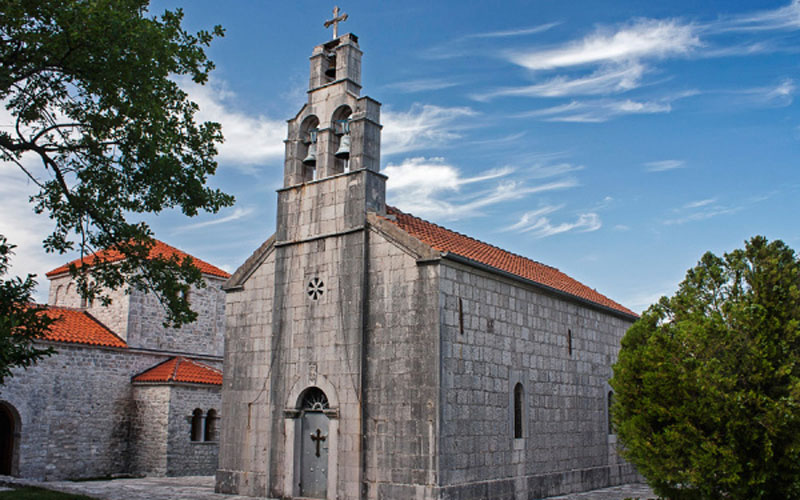
Monastery of St. Peter and Paul – Qattine
The Monastery of St. Peter and Paul in Qattine overlooks picturesque hills, valleys and mountains. Centuries ago, the monks managed the monastery’s sustenance, including half of Qattine’s farms. They collaborated with feudal landlords to assist Christian families migrating from North and Mount Lebanon after the Battle of Ain Dara in the 1700s. Nowadays, the Monastery of St. Peter and Paul is considered one of the most significant landmarks of the Jezzine region.
For More information regarding these beautiful Religious Sites, you may contact the Tourism office in Jezzine
This article is part of a joint project to promote tourism destinations across Lebanon, launched by the Trade and Investment Facilitation (TIF) activity, funded by the United States Agency for International Development (USAID), and Hospitality Services. The content of this article is the sole responsibility of Hospitality Services, and does not necessarily reflect the views of USAID or the United States Government.
Loading

